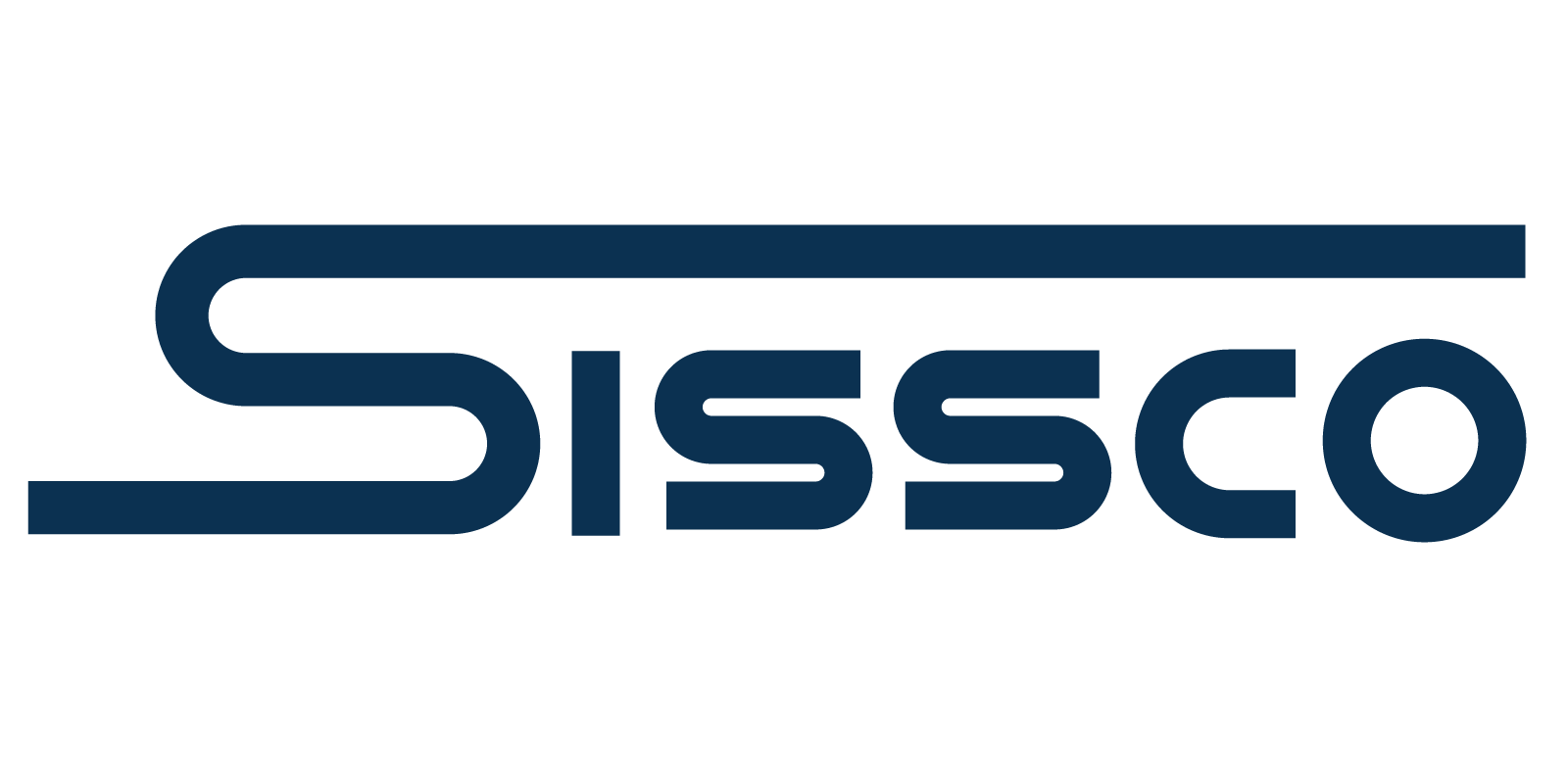Rigging a load safely is no easy feat. It requires extensive training and taking the utmost care during preparation. Losing control of a load can cause extensive damage and injury so it must be avoided at all costs. To safely carry out a lift, a crane operator must know the following best practices for ensuring load control during industrial hoist and crane operation.
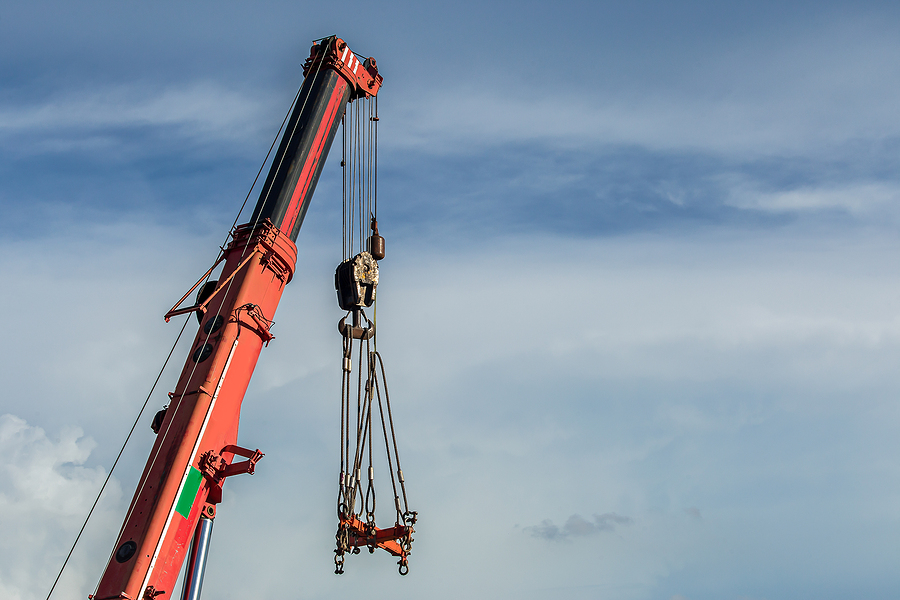
Load Weight
One of the most essential aspects of maintaining load control during industrial hoist and crane operation is determining the correct load weight. Many loads will have their weights marked clearly on them but this is no guarantee. If the weight is not marked, review the bill of lading, shipping documents, engineered prints, manufacturer’s specifications, catalog data or design plans. If none of these are available, use an industrial scale, load cells or dynamometers to determine the weight before rigging the load.
Center Of Gravity
To safely lift a load with an industrial hoist and crane, you must determine its center of gravity. The simplest way to do this is by rigging the load and carefully lifting it a few inches off the ground. Once you’ve done so, look to see where the weight shifts. The center of gravity should be directly below the load hook and the connection points should be above the center of gravity. If the connection points are below the center of gravity, the load could flip upside down. If the load hook is not directly above the center of gravity, the load will swing toward the center of gravity, potentially causing the load to topple over.
Clearing the Way
Another way you can lose control of an industrial hoist and crane is by hitting an unexpected object. This could result in the load dropping, knocking over a structure or spinning out of control. Before rigging a load, there should be a clearly defined path where the load will be lifted that is free of obstructions. All employees should remain at a safe distance from the load and never underneath it. No person or object should ever be within the area that a dropped load could land.
Load Stabilization
Load stabilization requires extensive knowledge of what is being lifted. For example, many loads can contain fluid or sand within them, which complicates the stabilization process. Shifting materials should be handled carefully by an experienced operator that understands and implements the best industrial hoist and crane load control techniques.
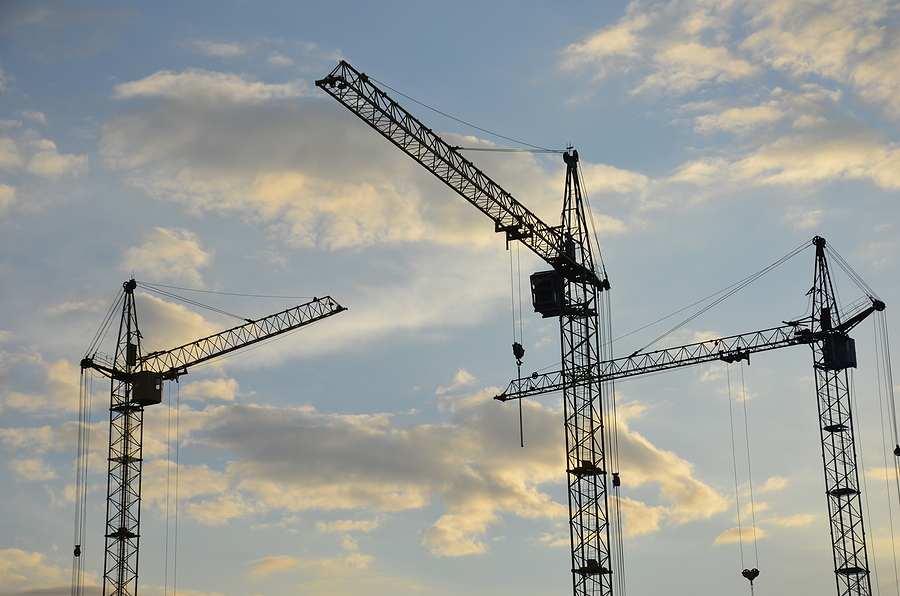
Industrial Hoist and Crane Experts
For optimum safety during a lift, you need the best machinery available. For over 45 years SISSCO Material Handling Equipment has made the manufacturing and maintenance processes more efficient, cost-effective and safe.
Our technicians and field operations team brings the industry’s most experienced overhead crane and hoist mechanics and electricians. Our highly skilled parts and service team is here to make sure we can help our customers maintain a safe working environment for their overhead lifting equipment. We also specialize in providing maintenance services and parts for other material handling equipment.
Our inspection and maintenance services strictly follow OSHA, ANSI, and CMAA standards as they pertain to overhead cranes and hoists. We proudly offer Safety Inspection & Preventative Maintenance, Factory-Authorized Hoist & Crane Repair, part replacement, and 24/7 emergency service. For over 45 years we’ve made manufacturing and maintenance processes more efficient, cost-effective, and safe. Our manufacturing, installation, and safety solutions keep businesses moving forward. Your business depends on your equipment and we are here to keep everything in tip-top shape. Give us a call today to schedule the very best in crane maintenance services.

